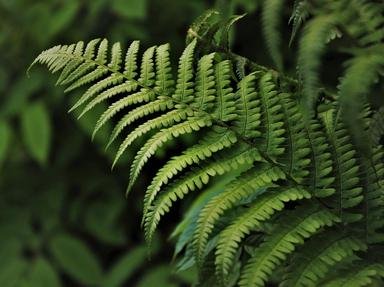Quiz Answer Key and Fun Facts
1. What is the process by which the microspores of a seed plant are transferred to another compatible plant of the same type?
2. What is the botanical name for the male reproductive organ in flowering plants?
3. Which of these terms is used to describe the means by which the male and female cells combine to form a new cell which then eventually develops into a new embryo?
4. What is the name of the structure that is formed from the ovule of a plant after fertilization has taken place?
5. What is the name of the ripened ovary which contains the seeds in many plants?
6. Which of these is a succulent fruit?
7. What is the word used to describe how the seeds are separated from their parent plant and are moved and spread out into new environments?
8. Which of these is germination?
9. What is the name of the process by which green plants use sunlight and carbon dioxide to produce glucose before it is processed into more complex forms?
10. Are there any mechanisms, apart from photosynthesis, which are necessary for plants to provide and release stored energy?
11. What do xylem vessels in a plant do?
12. What is a plant called that sheds its leaves before winter, or during a dry spell?
13. Which of these trees is NOT an angiosperm?
14. Which mineral is used by plants to make proteins which will then be used to make new cells?
15. What attracts bees, and other insects, to flowers?
Source: Author
Kenners158
This quiz was reviewed by FunTrivia editor
crisw before going online.
Any errors found in FunTrivia content are routinely corrected through our feedback system.

